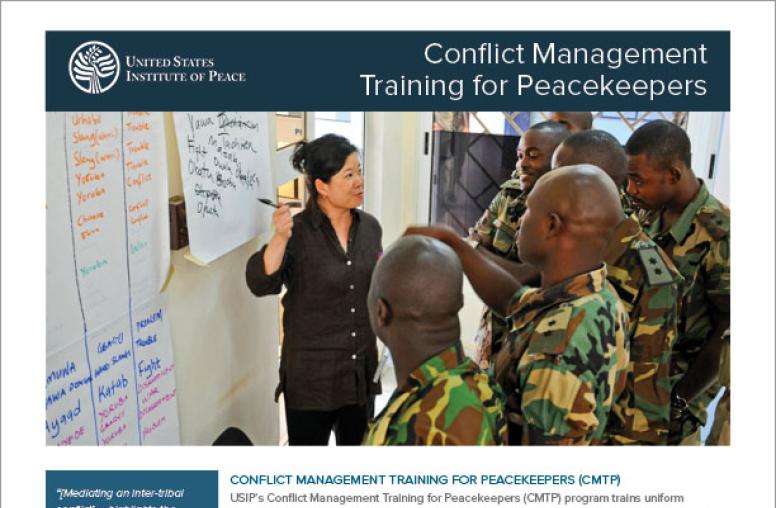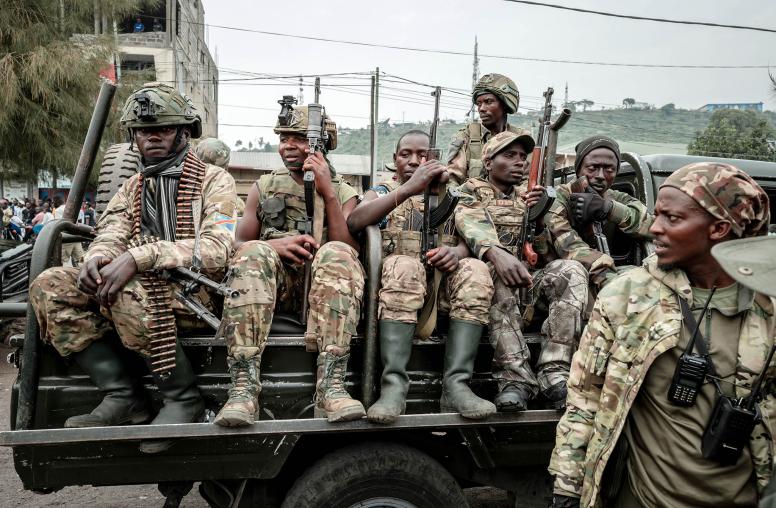Timing Mediation Initiatives
A mediation initiative cannot be launched at just any time if it is to succeed, and and this toolkit lays out five steps mediators can take to determine when a conflict is ripe for mediation. This handbook is part of the Peacemaker’s Toolkit series, published by the United States Institute of Peace.

Summary
A mediation initiative cannot be launched at just any time if it is to succeed. The conflict must be ripe for the initiation of negotiation. Parties resolve their conflict only when forced to do so, or when each party’s efforts to achieve a unilaterally satisfactory result are blocked and the parties feel trapped in an uncomfortable and costly predicament.
This toolkit lays out five steps mediators can take to
- assess whether a stalemate exists;
- interpret the parties’ perception of where they stand in the conflict; and
- encourage a ripe moment for mediation.
Print copies of this toolkit can be purchased from USIP's online bookstore.
About this Handbook
This handbook is part of the series the Peacemaker’s Toolkit, which is being published by the United States Institute of Peace. For twenty-five years, the United States Institute of Peace has supported the work of mediators through research, training programs, workshops, and publications designed to discover and disseminate the keys to effective mediation.
The Institute—mandated by the U.S. Congress to help prevent, manage, and resolve international conflict through nonviolent means—has conceived of The Peacemaker’s Toolkit as a way of combining its own accumulated expertise with that of other organizations active in the field of mediation. Most publications in the series are produced jointly by the Institute and a partner organization. All publications are carefully reviewed before publication by highly experienced mediators to ensure that the final product will be a useful and reliable resource for practitioners.


